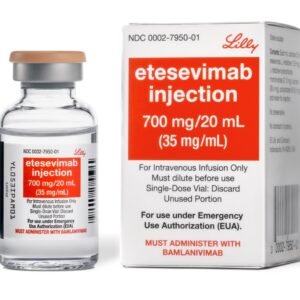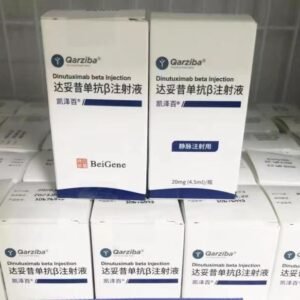Lincomycin Hydrochloride Capsules
Effects and efficacy:
It is used for respiratory tract infections, skin and soft tissue infections, female reproductive tract infections, pelvic infections and abdominal infections caused by sensitive bacteria such as Staphylococcus, Streptococcus, Streptococcus pneumoniae and anaerobic bacteria. This product’s eye drops can be used for conjunctivitis, keratitis, etc. caused by sensitive bacteria. This product’s ear drops are used for acute and chronic otitis media caused by Gram-positive bacteria and anaerobic bacteria (including those with perforated eardrums in suppurative otitis media). It can also be used for surgical burns and various skin infections caused by sensitive bacteria. It can be used as an alternative treatment for those who have indications for the use of penicillin but are allergic to penicillin or are not suitable for penicillin.
Usage and dosage:
During medication, pay close attention to the number of bowel movements. For those who have a long course of treatment, regular liver and kidney function and blood routine tests are required. When dripping ear drops, the dripper pulls the patient’s auricle downward and backward to straighten the ear canal. The dropper of the ear drops should not touch the external ear canal to avoid contamination. Drop 3 to 5 drops of the medicine each time, and then gently press the tragus (the protruding part in front of the ear) several times to allow the medicine to enter the middle ear. Finally, you can use a sterilized cotton ball to plug the opening of the external auditory canal. Generally, drop the medicine 3 times a day. Eye drops: 1 to 2 drops at a time, 3 to 5 times a day. Tablets or capsules: Oral, 1.5 to 2g a day for adults, divided into 3 to 4 times; 30 to 60mg/kg (0.12 to 0.24 tablets or tablets/kg) per day for children, divided into 3 to 4 times. This drug should be taken on an empty stomach. Injection intramuscular injection: 0.6 to 1.2g (1 to 2 vials) a day for adults, 10 to 20mg/kg per day for children, divided into several injections. Intravenous drip: Generally, 0.6g (1 vial) for adults once, once every 8 hours or 12 hours, each 0.6g vial is dissolved in 100 to 200ml of infusion solution, and dripped for 1 to 2 hours. Children should take 10~20mg/kg of body weight per day. It should be noted that each 0.6g vial should be dissolved in no less than 100ml of solution during intravenous infusion, and the infusion time should be no less than 1 hour. Ointment: For external use only, the concentration is 0.5%~2%. The ointment should be applied to the affected area 2~3 times a day.
Adverse reactions:
Gastrointestinal reactions: Nausea, vomiting, abdominal pain, diarrhea and other symptoms; severe cases have abdominal cramps, abdominal tenderness, severe diarrhea (watery or purulent), accompanied by fever, abnormal thirst and fatigue (pseudomembranous colitis); diarrhea, enteritis and pseudomembranous colitis may occur at the beginning of medication or several weeks after discontinuation of medication. Blood system: Leukopenia, neutropenia, neutropenia and thrombocytopenia may occur occasionally, and aplastic anemia is rare. Allergic reactions: rash, itching, etc., urticaria, angioneurotic edema and serum sickness reaction are occasionally seen, and epidermal excoriation, bullous dermatitis, erythema multiforme and S-J syndrome are rarely reported. Occasionally, there are reports of jaundice caused by the use of this product. Hypotension, electrocardiogram changes, and even cardiac and respiratory arrest may occur when this product is rapidly infused. Intravenous administration can cause thrombophlebitis.
Drug contraindications:
Allergic to this product is prohibited for use in newborns. Use with caution during lactation. Use with caution during pregnancy. Use with caution in patients with liver damage
Share:
Products
Our offers
Health Classification
Let us work together to protect precious health






























